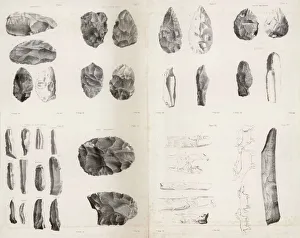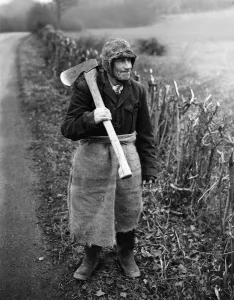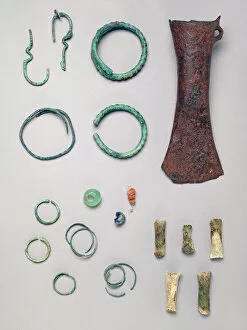Axe Head Collection
The axe head, a timeless symbol of human ingenuity and resourcefulness, has played a significant role throughout history
All Professionally Made to Order for Quick Shipping
The axe head, a timeless symbol of human ingenuity and resourcefulness, has played a significant role throughout history. From the knapped flint tools used by our ancient ancestors to the gold lunulae and axehead discovered in St Merryn, Cornwall from the Early Bronze Age, this tool has left an indelible mark on our past. In Charing, Kent, Harry (Heathfield) the Hedger showcases his mastery with a felling axe as he effortlessly cuts through thick vegetation. The strength and precision required for such tasks highlight the importance of a well-crafted axe head. Speaking of craftsmanship, another remarkable find is the Early Bronze Age axehead from St Merryn in Cornwall. Unearthed from a grave at Barrow II, Grave I at Vace, it serves as a poignant reminder of its significance even in burial rituals. Moving forward in time to the Viking era brings us face to face with their formidable battle axes. These fearsome weapons were wielded by warriors who struck fear into their enemies' hearts. Flint weapons have also made their mark on history; an exquisite example can be found in an 18th-century watercolor painting on paper depicting one such weapon. Its delicate beauty belies its deadly purpose. Stepping away from Europe takes us to ancient Egypt where an Amosis limestone axehead was discovered. This artifact speaks volumes about Egyptian society's reliance on agriculture and construction during that period. The versatility of the humble axe head is further showcased through various artistic representations like chromolithographs and engravings featured in historical texts such as "Le Costume Ancien et Moderne" or "A History of Development and Customs of Chivalry. " These depictions offer glimpses into different cultures' use of axes for both practical purposes and symbolic meanings. Lastly, we journey to Crete where a votive double-axe dating back to approximately 1700-1500 BC was found.















